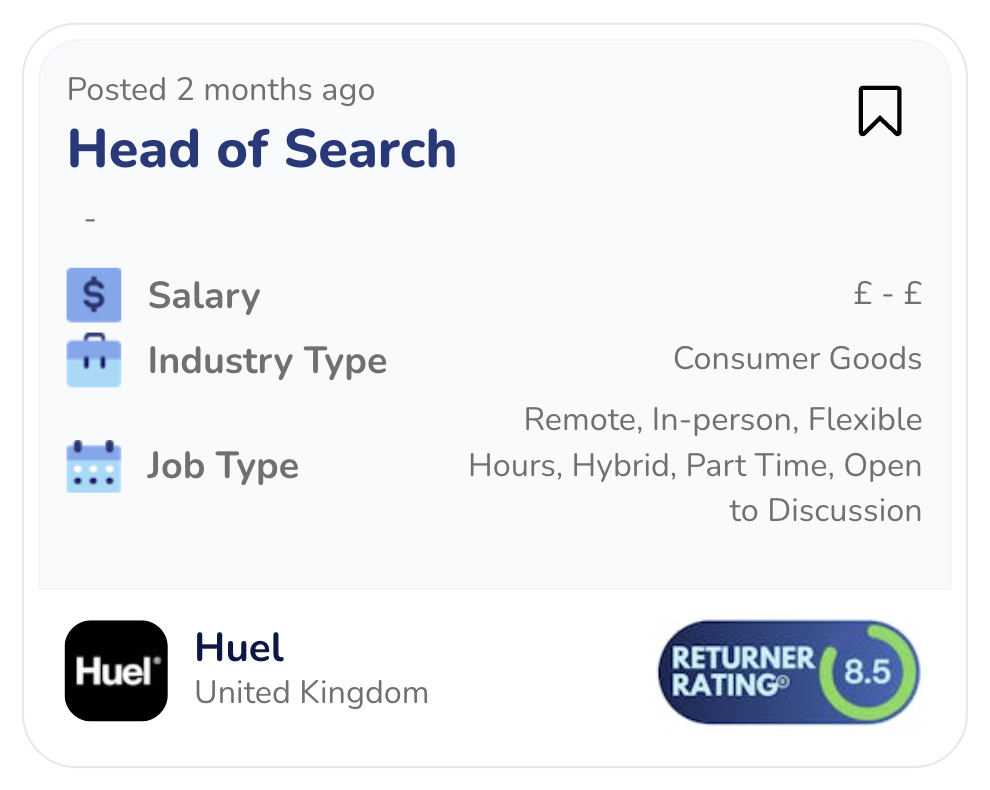For many self-employed women, navigating the financial aspects of maternity leave can be challenging. While those employed by a company may receive Statutory Maternity Pay (SMP), self-employed women are eligible for Maternity Allowance, a government benefit that offers financial support during pregnancy and after childbirth. This blog post will guide you through everything you need to know about maternity pay for the self-employed, including eligibility, how to claim it, and key details such as the Maternity Allowance amount, forms, and advice on making the most of this benefit.
Jump to:
- What is Maternity Allowance?
- Who is Eligible for Maternity Allowance?
- Maternity Allowance Eligibility Calculator
- Maternity Allowance for the Self-Employed
- How to Claim Maternity Allowance
- Statutory Maternity Pay vs. Maternity Allowance
- Additional Benefits: KIT Days and More
- Financial Planning for Maternity Leave
- Frequently Asked Questions
- Further Reading and Resources
- Conclusion
What is Maternity Allowance?
Maternity Allowance is a benefit provided by the UK government to support women who are either self-employed, have recently stopped working, or are employed but don’t qualify for Statutory Maternity Pay. It’s designed to help cover some of the income you may lose when taking time off to care for your newborn.
For self-employed women, Maternity Allowance ensures that you can receive financial support even if you’re not entitled to Statutory Maternity Pay through an employer.
Thinking about returning to work?
Join our Return-to-Work Bootcamp and get a personal CV review, and more!
Learn more!Who is eligible for Maternity Allowance?
To qualify for Maternity Allowance, you must have been self-employed or employed for at least 26 weeks in the 66 weeks before your baby is due. You must also have earned at least £30 a week in 13 of those weeks. The exact eligibility rules, including how your National Insurance Contributions affect your payments, are outlined in detail by Maternity Action.
If you are self-employed, your entitlement to Maternity Allowance depends on your Class 2 National Insurance Contributions (NICs). To receive the full amount, you must have paid sufficient Class 2 NICs for at least 13 of the 66 weeks before your due date.
If you have gaps in your contributions, you may receive a reduced rate. In some cases, you can make voluntary Class 2 NICs to increase your entitlement. You can check your NICs payment status and make voluntary payments through your HMRC personal tax account. For a full breakdown of NICs and maternity benefits, see the UK Government’s official guide.
Employment:
- You must have been employed or self-employed for at least 26 weeks out of the 66 weeks before your baby is due.
Earnings:
- You must have earned at least £30 a week in 13 of those 66 weeks.
Insurance:
- If self-employed, you should have paid Class 2 National Insurance Contributions (NICs). If you haven’t, you may still qualify, but at a lower rate.
Maternity Allowance for the self-employed
If you are self-employed, Maternity Allowance offers a lifeline, helping you to cover costs while you take maternity leave. The benefit is usually paid directly into your bank account every two weeks or every four weeks, depending on what you choose when you apply.
The key points for Maternity Allowance for the self-employed include:
- Amount: The weekly payment is up to £172.48 for 39 weeks, or 90% of your average weekly earnings (whichever is lower).
- National Insurance Contributions: To receive the full amount, ensure that your Class 2 NICs are up to date.
Claiming Maternity Allowance if you’re self-employed
To claim Maternity Allowance, you will need to fill out the Maternity Allowance form (MA1), which is available online or at your local Jobcentre. You can find the form and further guidance on the Gov.uk Maternity Allowance website.
You’ll need to complete the MA1 claim form and provide proof of your income, such as Class 2 National Insurance contributions if you’re self-employed. If your Class 2 contributions are not up to date, you may receive a reduced rate or need to make voluntary contributions. Maternity Action provides a comprehensive guide on how your earnings and contributions impact your claim.
Here’s a step-by-step breakdown of how to claim Maternity Allowance:
Thinking about returning to work?
Join our Return-to-Work Bootcamp and get a personal CV review, and more!
Learn more!Statutory Maternity Pay vs. Maternity Allowance for self-employed women
While Statutory Maternity Allowance is available for employed women, Maternity Allowance is the equivalent for those who are self-employed or don’t meet the criteria for Statutory Maternity Pay. The process of claiming Maternity Allowance is similar, but it’s specifically tailored for those who are not eligible for Statutory Maternity Pay.
Additional benefits: KIT days and more

If you choose to keep in touch with your business during your maternity leave, you can make use of KIT (Keeping In Touch) Days. KIT days allow you to work for up to 10 days during your maternity leave without affecting your Maternity Allowance payments. This can be a useful way to stay involved in your business without losing financial support.

Not sure how to communicate your return after maternity leave? We’ve got the PERFECT template for you:
Financial planning for maternity leave
Taking time off work can be financially challenging, so it’s essential to plan ahead.
Consider the following tips:
- Budgeting tools: Use free budgeting calculators like MoneyHelper’s Budget Planner to estimate expenses and manage cash flow.
- Grants & support: Depending on your financial situation, you may qualify for additional support, such as Universal Credit or Sure Start Maternity Grants. Explore eligibility on GOV.UK.
- Self-employed income planning: If you’re self-employed, consider setting aside a maternity fund in advance or exploring alternative income streams, such as part-time remote work or government-backed financial aid programs.
Frequently asked questions
Join the ivee community!
Join our Facebook group. Whether you’re looking to reconnect with like-minded returners, seek advice on returning to work after maternity leave, or share your experiences, our Facebook community is here to help you navigate your journey back into the workforce.
You’ll find:
👉 Latest regulatory changes regarding maternity leave
👉 CV templates for women returning to work
👉 Latest industry updates
👉 Resources and guides to help you on your job hunt
👉 Confidence-building events, webinars and advice on all aspects of returning to work
Our Facebook community
Futher reading and resources
- Maternity Action: Maternity Allowance guide – A detailed breakdown of eligibility, payments, and how to claim.
- GOV.UK: Claim Maternity Allowance – The official UK government page on how to apply.
- NI contributions & maternity pay – Information on how your National Insurance contributions affect your entitlement.
Conclusion

If you’re self-employed and expecting a baby, Maternity Allowance is an essential benefit that can provide much-needed financial support. By understanding the eligibility criteria and following the right steps to claim it, you can ensure that you’re covered during your maternity leave. For the latest updates and detailed advice, always check the official Gov.uk Maternity Allowance page or seek advice from trusted sources like the NHS.
By planning ahead and making use of benefits like Maternity Allowance and KIT days, you can manage your maternity leave while staying connected to your business.
Ready to find flexible work?
Create an ivee profile and start browsing our flexible jobs today!
Create profile!Featured Blog Posts










